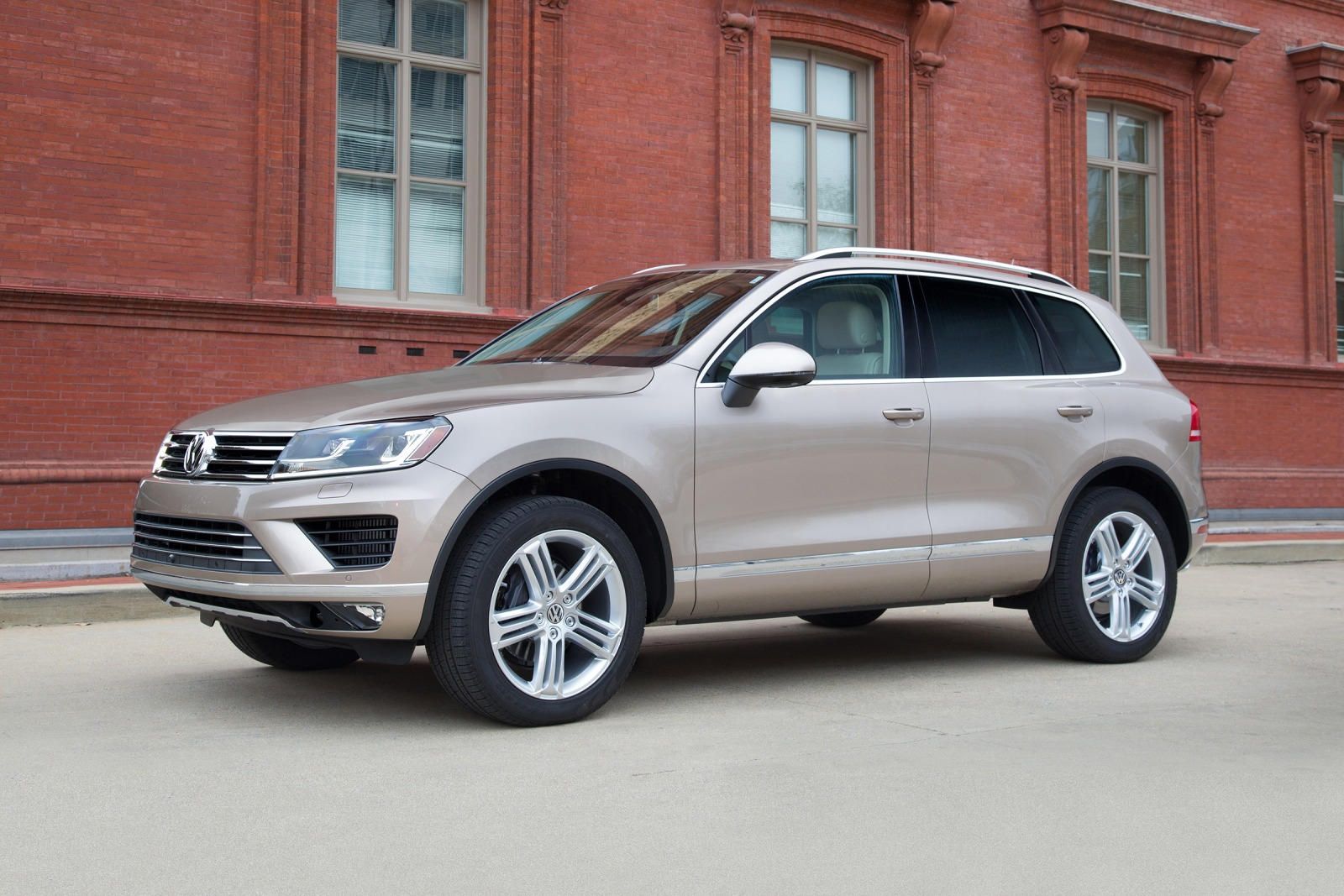
It was a pretty big deal when, in 2016, the Volkswagen Group came under fire for the cheat device installed into its turbodiesel offerings. However, looking at the prices listed for a selection of Volkswagen Touareg TDI models from this year, that are still in stock and sitting on dealership floors, it looks like the scandal may have not hurt the product's reputation too badly.
An even bigger blow is the fact that these recently listed models, which all date back to 2016 with very low miles, are selling for prices that are over $70,000 in some cases. That's quite a big sticker price for a previous generation car that is already six years old. However, given the scandal, these models have become scarce in the local market.
TDI engine options were available throughout the VW range, with four-cylinder units for the Golf and Passat. The Touareg SUV made use of the company's 3.0-liter V6 turbodiesel engine which boasts a power figure of 240 horsepower and 406 lb-ft of torque. The reason for the large asking prices can be accredited to the fact that the Touareg is no longer available in the US market.
Furthermore, the ongoing semiconductor shortage has been creating a stock supply with premium cars. It has already been noted that this is creating a trickle-down effect on the new market so, naturally, older premium cars that are essentially new based on the mileage that they have covered will be fetching higher prices.
For reference, the flagship Volkswagen Touareg Executive models sold for close to $64,000 when it was introduced in 2016. Most examples currently being listed are the Sport and Lux trims which were initially being sold for $50,000 to $55,000 when brand new. As they stand today, dealers are asking for much more than this.
The most expensive example of this is a Touareg TDI Sport Tech with a price tag of $73,900 with 507 miles on the clock. Considering that these exact units are directly involved with the scandal that has cost the company billions in fines and penalties paints a very interesting and contradictory image. Furthermore, these specific units have essentially been stagnant for six years which means that significant repairs may have to be carried out.
